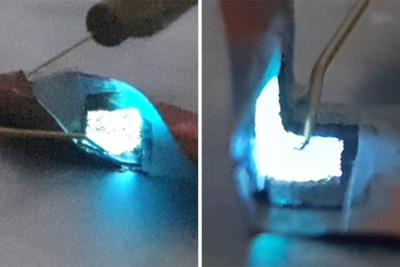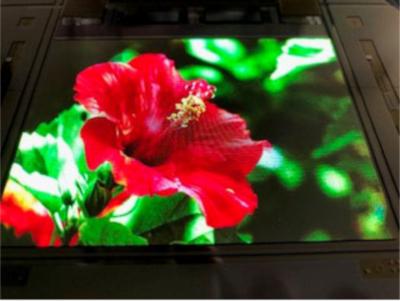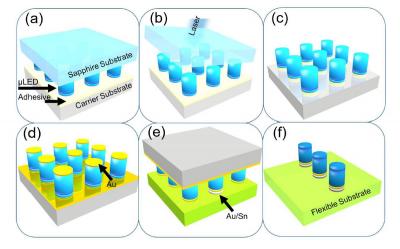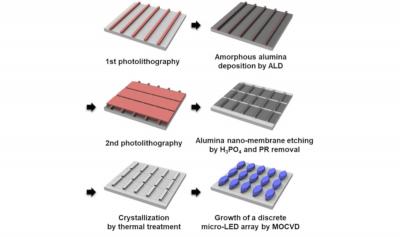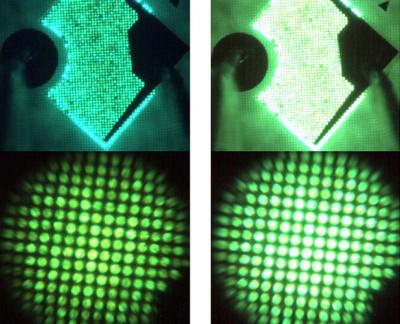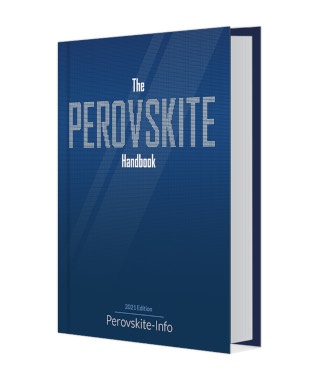KAUST researchers develops highly-efficient GaN and InGaN red microLED devices
Researchers from King Abdullah's University of Science & Technology (KAUST) in Saudi Arabia developed GaN and InGan red microLED devices that are highly efficient.
The researchers managed to increase the efficiency of their previous design by a new chemical treatment that removes damages at the microLED sidewalls (created during the fabrication process) and also retains the high crystal quality at the InGaN and GaN sidewall interfaces.


